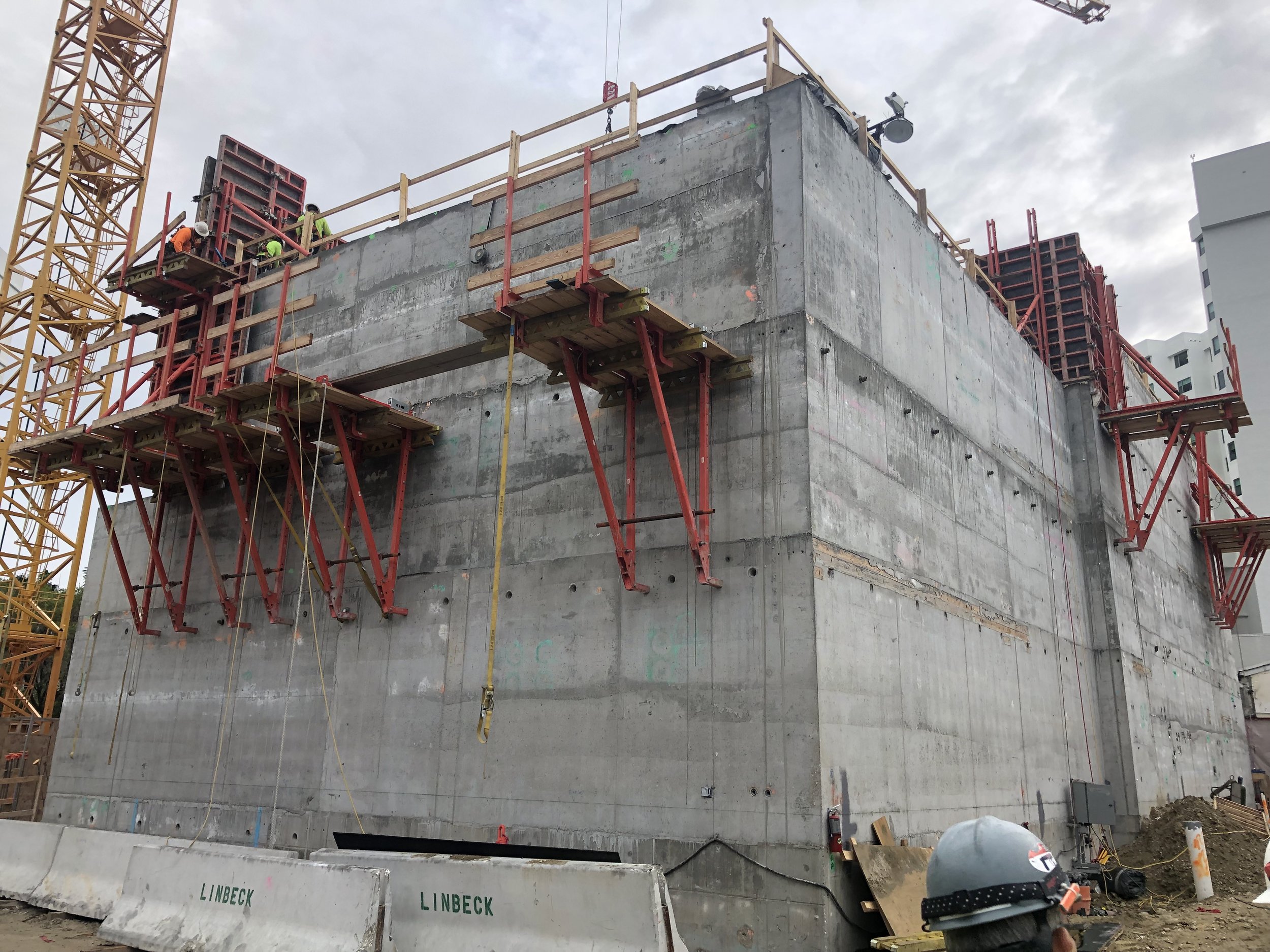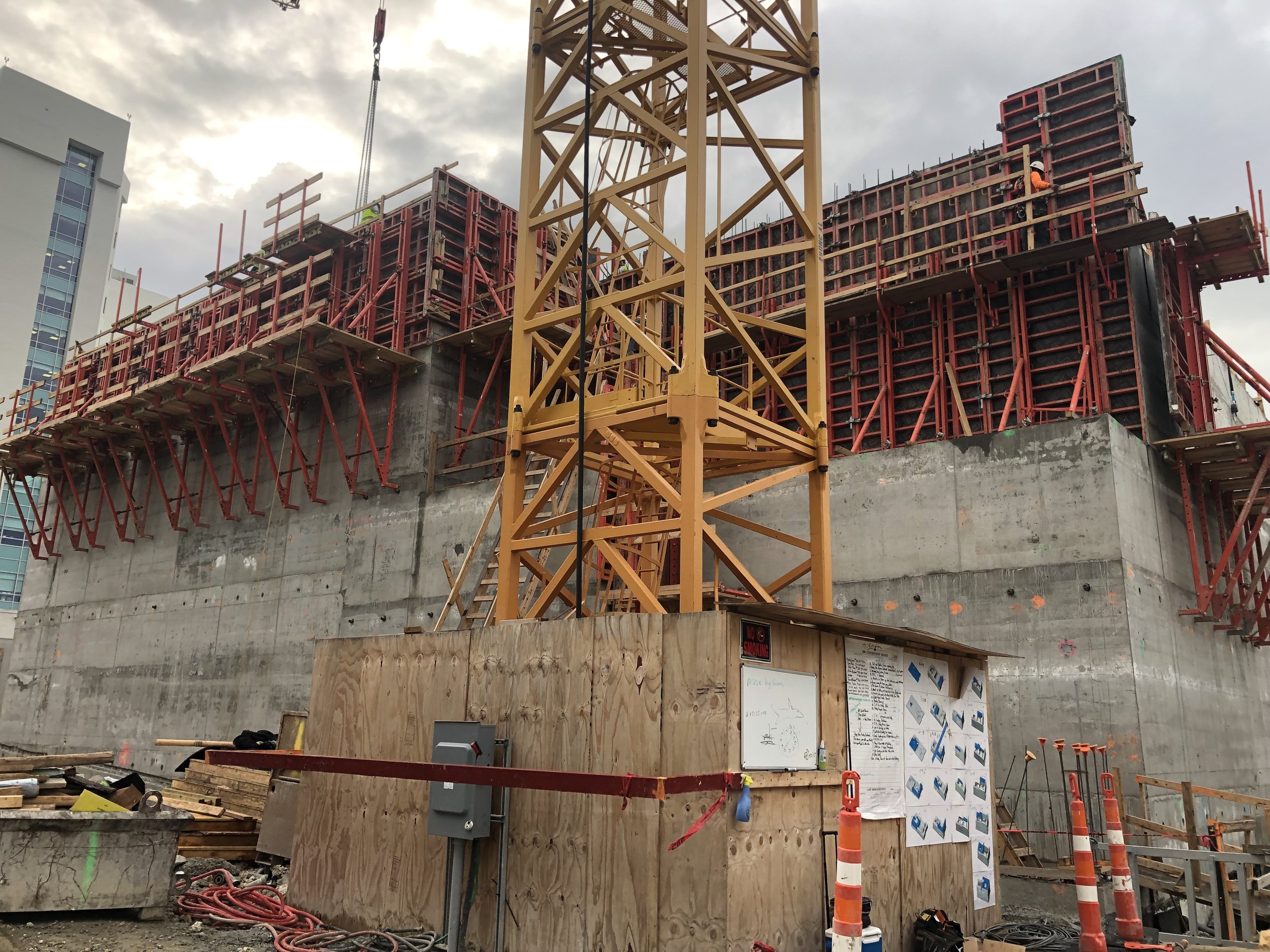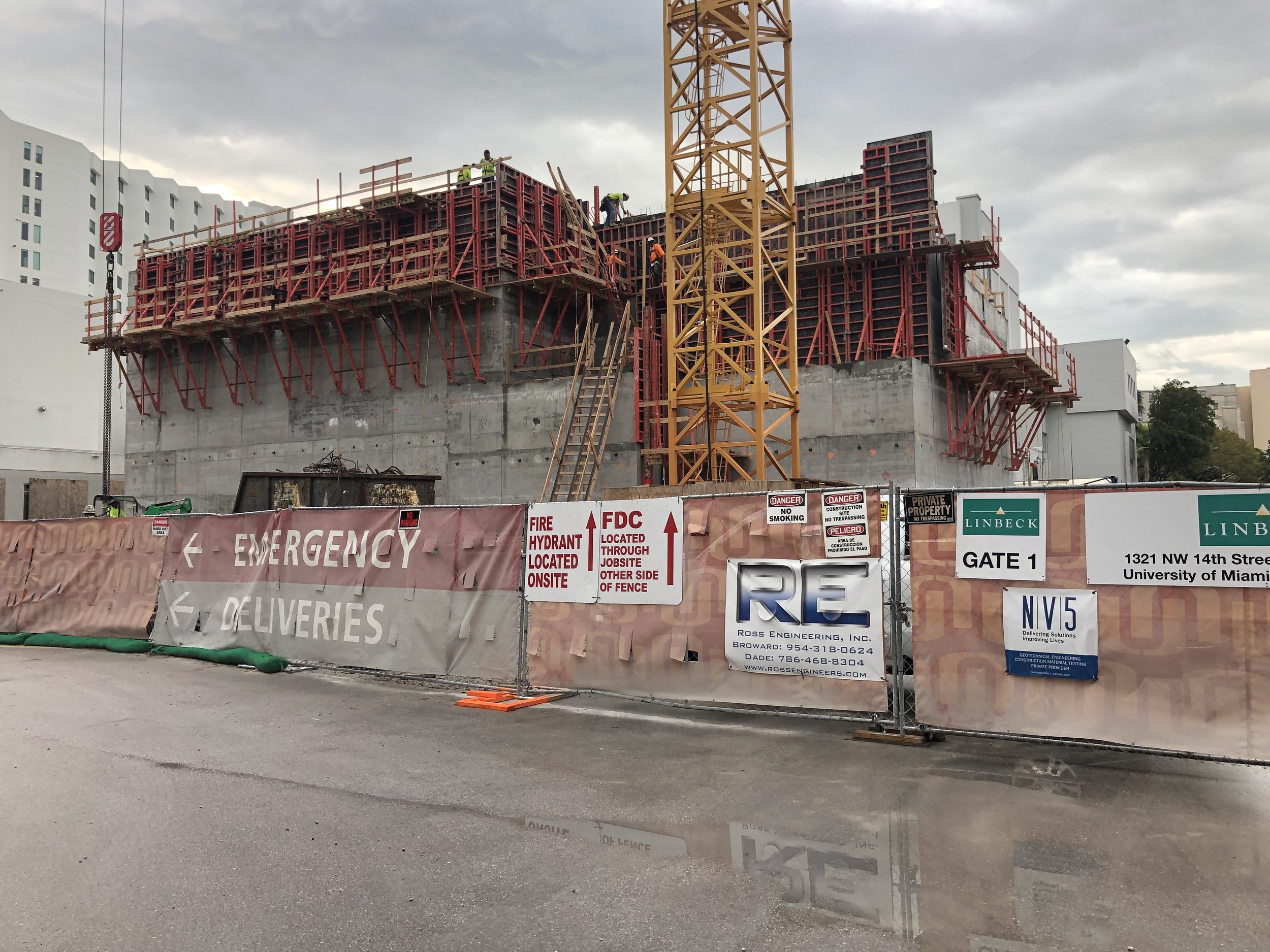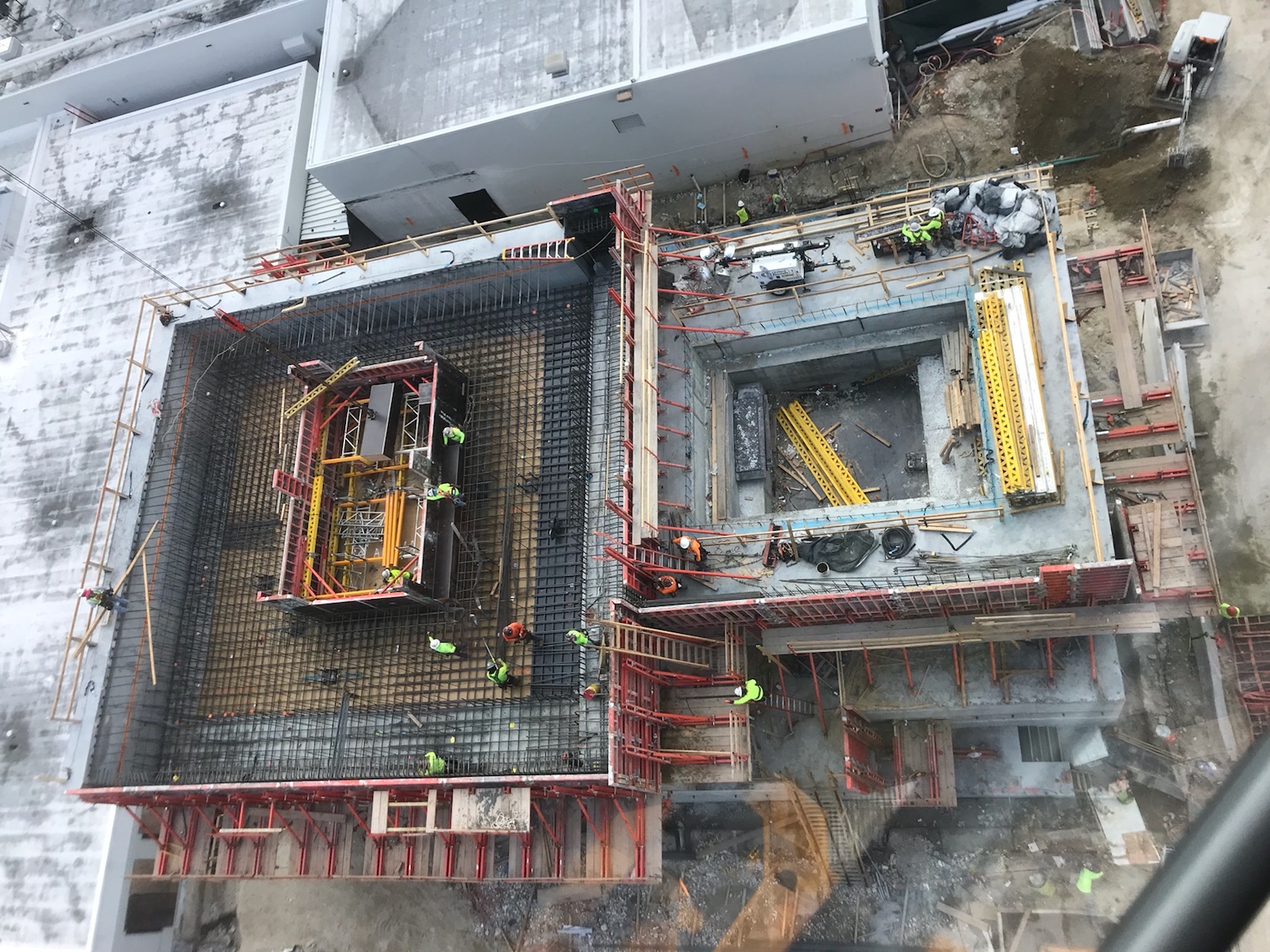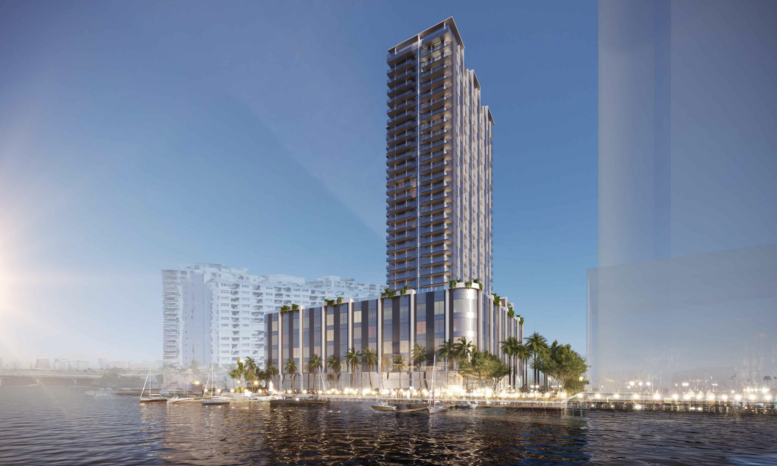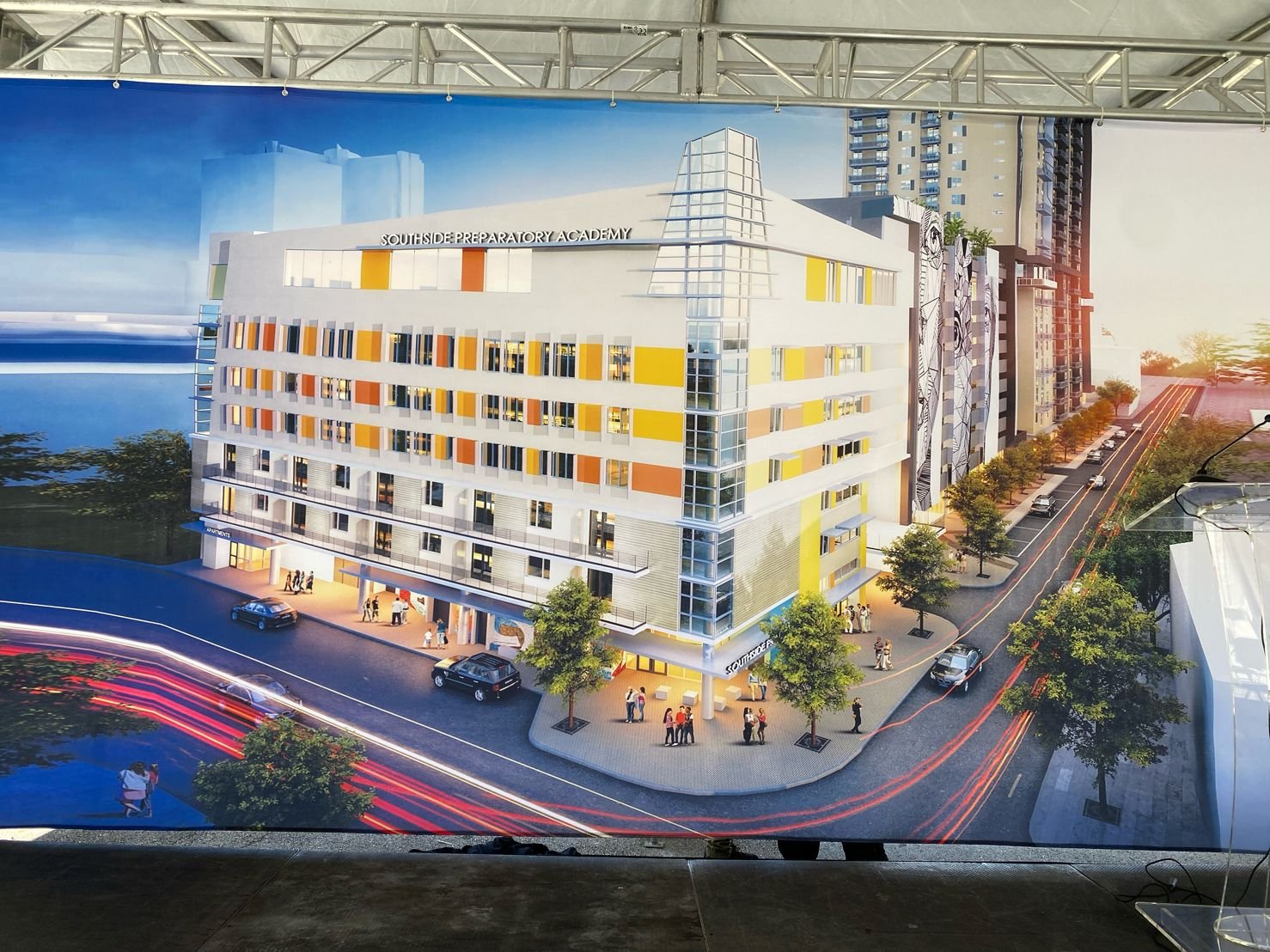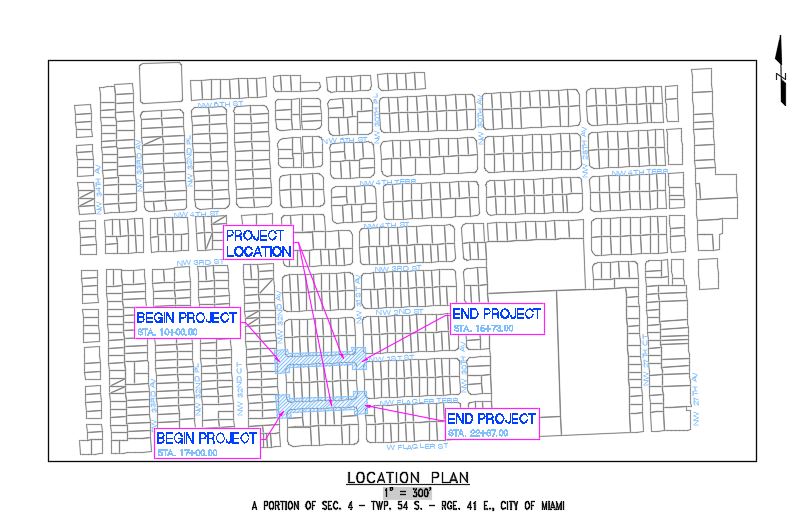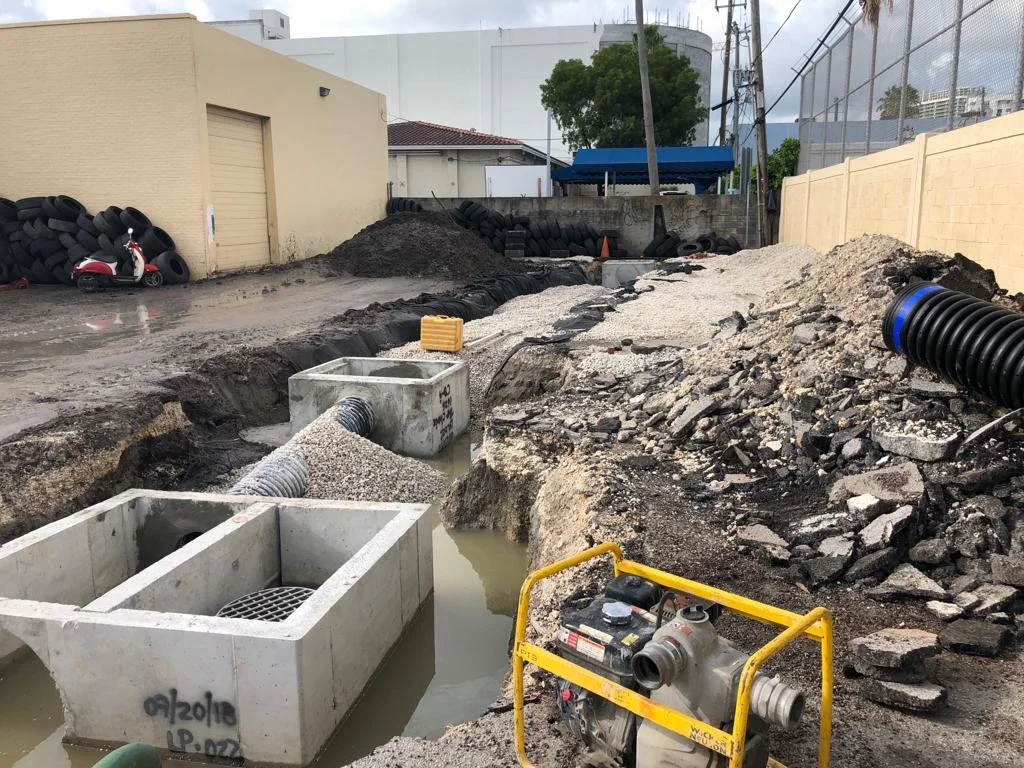NPDES STORMWATER, EROSION AND SEDIMENTATION CONTROL SERVICES
USE THE BEST MANAGEMENT PRACTICES WITH US
NPDES STORMWATER INSPECTION
Florida’s stormwater regulatory program requires the use of Best Management Practices (BMPs) during and after construction to minimize erosion and sedimentation and to properly manage runoff for both stormwater quantity and quality. As a qualified stormwater management firm, Ross Engineering is certified to provide its clients with NPDES (National Pollutant discharge Elimination System) Stormwater Inspections and Stormwater Pollution Prevention Plans. npdes stormwater inspection
STORMWATER POLLUTION PREVENTION PLAN
Effective control of erosion and sedimentation depends on the proper use of a number of specific best management practices (BMP’s). npdes stormwater inspection. Depending on the the site being developed a combination of the follow will be utilized:
Temporary Gravel Construction Entrance & Exit to stabilize entrances to the construction site and reduce the amount of sediment transported onto public roads by motor vehicles or runoff..
Construction Road Stabilization to reduce erosion and degradation of temporary roadbeds by construction traffic, especially during wet whether.
Straw Bale Barrier to intercept and detain small amounts of sediment from disturbed areas of limited extent. Also serves to decrease the velocity of sheet flows and low-to-moderate level channel flows.
Silt Fence to intercept and detain small amounts of sediment from disturbed areas during construction operations & to decrease the velocity of sheet flow and low-to-moderate level channel flows.
Brush Barrier to intercept and retain sediment from disturbed areas of limited extent, preventing sediment from leaving the site.
Storm Drain Inlet Protection to prevent sediment from entering storm water conveyance systems prior to permanent stabilization of the disturbed area.
Temporary Diversion Dike to divert storm runoff from higher drainage areas away from unprotected slopes to a stabilized outlet and to divert sediment-laden runoff from a disturbed area to a sediment trapping facility.
Temporary Fill Diversion to divert storm runoff away from unprotected slope of the fill to a stabilized outlet or sediment trapping facility.
Temporary Right-Of-Way Diversion to shorten the flow length within a long sloping right-of-way, thereby reducing the erosion potential by diverting storm runoff to a stabilized outlet or sediment trapping device.
Temporary Sediment Trap to detain sediment-laden runoff from small disturbed areas long enough to allow most of the sediment to settle out thereby protecting drainage ways, properties, and rights-off-way from sedimentation. npdes stormwater inspection
Temporary Sediment Basin to detain sediment-laden runoff from disturbed areas long enough for most of the sediment to settle out.
Temporary Slope Drain to temporarily convey concentrated stormwater runoff safely down the face of a cut or fill slope without causing erosion problems on or below the slope.
Temporary Check Dams to reduce the velocity of concentrated stormwater flows, thereby reducing erosion of the swale or ditch. This practice also traps small amounts of sediment generated in the ditch itself. These sediments will require
periodic removal.Dewatering to allow the construction of structural and stormwater improvements by removing water from excavation areas and allowing construction by conventional “dry” methods.
Floating Turbidity Barrier to provide sedimentation protection for a watercourse from up-slope land disturbance where conventional erosion and sediment controls cannot be used, or from dredging or filling within the watercourse. npdes stormwater inspection
NPDES STORMWATER INSPECTION
An erosion control plan is designed to minimize erosion and control sedimentation. However, components of the plan may fail or the responsible party may not adhere to the plan. Scope of our services includes the following:
Weekly NPDES inspection as per FDEP criteria.
Prepare inspection data logs to record the condition of the silt fence, construction entrance rocks, or any other NPDES requirement of the site’s storm water pollution prevention plan.
Fax or email inspection data log to Owner on a weekly basis.
Mail inspection data log to FDEP in Tallahassee on a weekly basis as per FDEP rules.
Our role as the inspector includes:
Review construction plans
Attend preconstruction conferences
Being certain that all erosion and sediment control measures in the approval plan have been properly installed and maintained.
That erosion is being controlled.
That off-site sedimentation is being prevented and that no turbidity in adjacent streams is being generated.
Inspecting Erosion and Sediment Control Practices including:
Entrances and Exits
Inlet Protection
Sediment Traps and Barriers
Stream Crossings
Buffer Zones
Maintenance
Inspecting Stormwater Systems During Construction
Stormwater Impoundments (Ponds)
Underdrains and Filters
Exfiltration Trenches
Infiltration Paving (Porous Pavement, Concrete Grid, Modular Paving, Grid Confinement Systems)
Swales
Runoff Control Diversions
Runoff Conveyance – Channels, Conveyance Swales, Slope Drains, and Flumes
Outlet Protection
Ground Covers (Surface Stabilization)
Inspecting Vegetation used for Erosion Control
Check Seedbed Preparation
Check for Proper Mulching
Ensure Maintenance of Vegetative Cover
CALL RODOLFO SUCRE AT ROSS ENGINEERING/ ENGINEERING DEPARTMENT TODAY FOR A FREE QUOTE / PROPOSAL
BROWARD (954) 318-0624 ENGINEERING MIAMI-DADE (786) 468-8304

